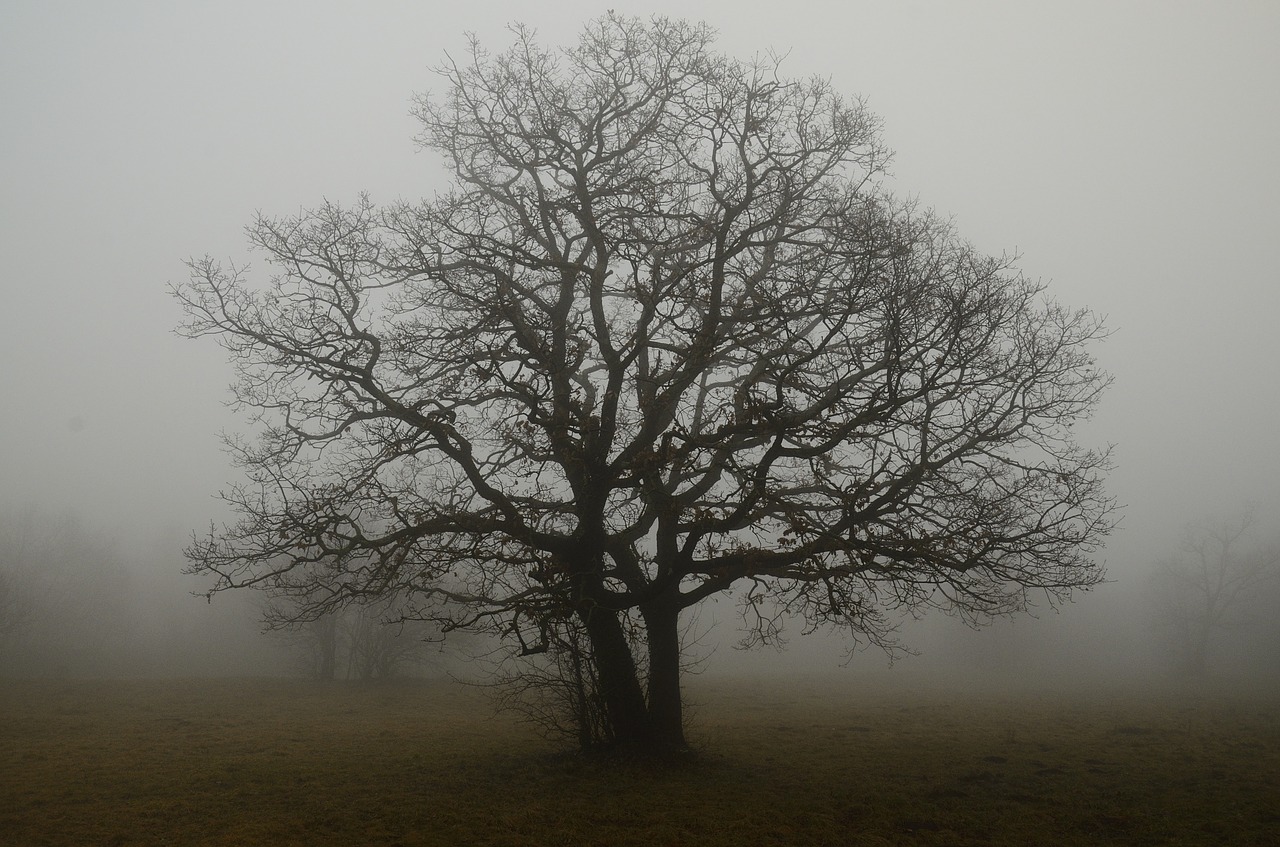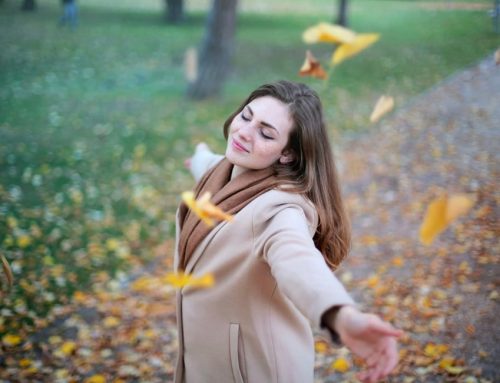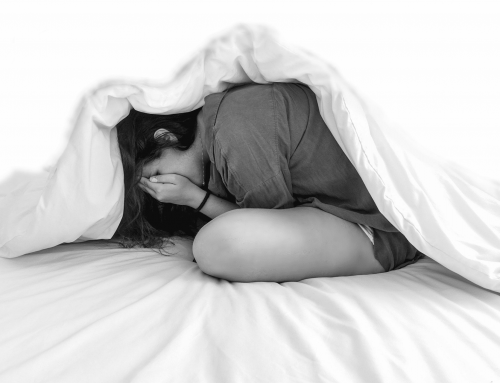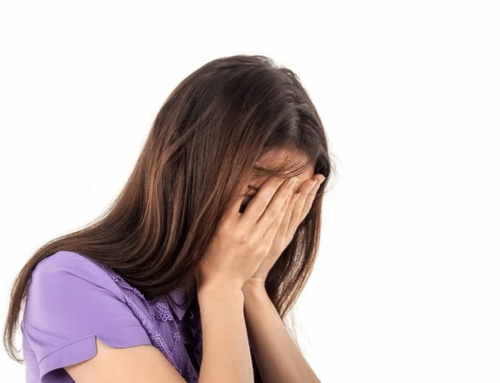By Maxine Caruth, Psychology Assistant
What is Seasonal Affective Disorder?
Seasonal Affective Disorder, known as SAD is a form of depression that people experience at particular times of the year, or during a particular season.
Although it is quite natural for the seasons to have an effect on us, the change in season has a greater effect on one’s mood and energy levels when experiencing SAD, which can lead to symptoms of depression. SAD can also worsen symptoms of existing depression that you experience throughout the year.
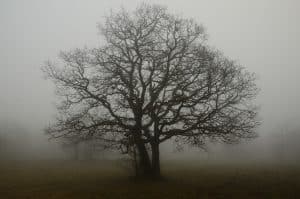
SAD is most common in countries like the UK where there are large changes in the weather and daylight hours in the different seasons. It is estimated to affect one in fifteen people a year between September and April, with symptoms particularly worsening during December, January and February.
SAD is more than just the winter blues, it’s like having a portable black cloud over your head. But how do these clouds accumulate and what can you do to get back to dancing in the rain?
Why are some people affected by SAD?
Research has show that the effect of light, low serotonin levels, high melatonin levels and a disrupted body clock can all contribute to SAD. When light hits the back of the eye, messages are passed on to the part of the brain that controls sleep, appetite, sex drive, temperature, mood and activity. If there is not enough light, these functions are likely to slow down and potentially, gradually stop. People who appear to need more light than others for their body to function normally are more likely to develop SAD symptoms if there are low levels of light.
Your brain naturally sets your body clock by the hours of daylight. Therefore another theory assumes that if you experience SAD symptoms, the part of the brain that does this is not functioning completely and so your body clock slows down, leading you to feel tired and depressed. When it comes to chemical composition, the brain uses chemical secretion to regulate our mood. People experiencing depression have been found to have lower levels of serotonin, particularly in winter. When it’s dark the brain produces the hormone melatonin which makes us sleep. When it becomes light again, it stops producing it and we wake up. It has been found that people with SAD produce much higher levels of melatonin in winter than other people. (This is also what happens to animals when they hibernate).
However, evidence suggests that one factor may not be the sole cause of SAD symptoms. Other possible triggers to experiencing SAD may be an unwelcome or traumatic life event, such as a major loss or bereavement, an assault, or serious illness, physical illness, a change to diet or medication as well as the use (or withdrawal from) street drugs and alcohol. People who have lived near the equator for part of their lives and then moved to the UK seem to be particularly vulnerable to developing SAD.
What are the symptoms of SAD?
Symptoms of SAD can include: A persistent low mood; A loss of pleasure or interest in normal everyday activities; Irritability; Feelings of despair, guilt and worthlessness; Feeling lethargic (lacking in energy) and sleepy during the day; Sleeping for longer than normal and finding it hard to get up in the morning; craving carbohydrates and gaining weight.
For some people, these symptoms can be severe and have a significant impact on their day-to-day activities.
What are the treatments for SAD?
However, with rain often comes a rainbow, right? There are various treatments for SAD, including self-help techniques such as:
- Make the most of natural light
- Avoid stress – Try to plan ahead to reduce your number of stressful or difficult activities during this time. Plan the more stressful events for summer where possible, particularly major ones such as changing jobs or moving home.
- Build a support network – Think about joining a support group. Sharing your experience with others who know what it’s like can be very therapeutic
- Exercise and eat well – Try to keep physically active during the winter, it doesn’t have to be something strenuous, gardening, doing housework or even going for a walk in the park all helps. A balanced diet is also helpful, such as substituting carbohydrates for fresh fruits and vegetables. Taking extra vitamin B12 or a Vitamin D supplement is also helpful
- Visit somewhere with more light – because no one has ever complained of going on a summer holiday!
- Consider using a light box – A specialist device containing very bright Fluorescent tubes has been found to be an effective treatment for SAD because it increases your exposure to light during the winter months. A strength of at least 2,500 lux is recommended but many people find 10,000 lux to be most effective
Seek advice
If you find that you cannot manage your SAD symptoms yourself, or they are starting to have a significant impact on your day-to-day life, you might find it helpful to talk to your GP. They will be able to give you further information and discuss treatment options with you. Your doctor should discuss all your treatment options with you, and your views and preferences should be taken into account when making decisions about your treatment.
Other treatments include:
- Talking treatments, such as CBT
- Antidepressants
- Bright light therapy
- Specialist SAD services
Just because it may be dark and gloomy outside, you certainly don’t have to feel that way.
Please don’t hesitate to contact Reigate Psychology Service if you have a question. This service is free. If we can provide assistance then an initial appointment will be offered.


